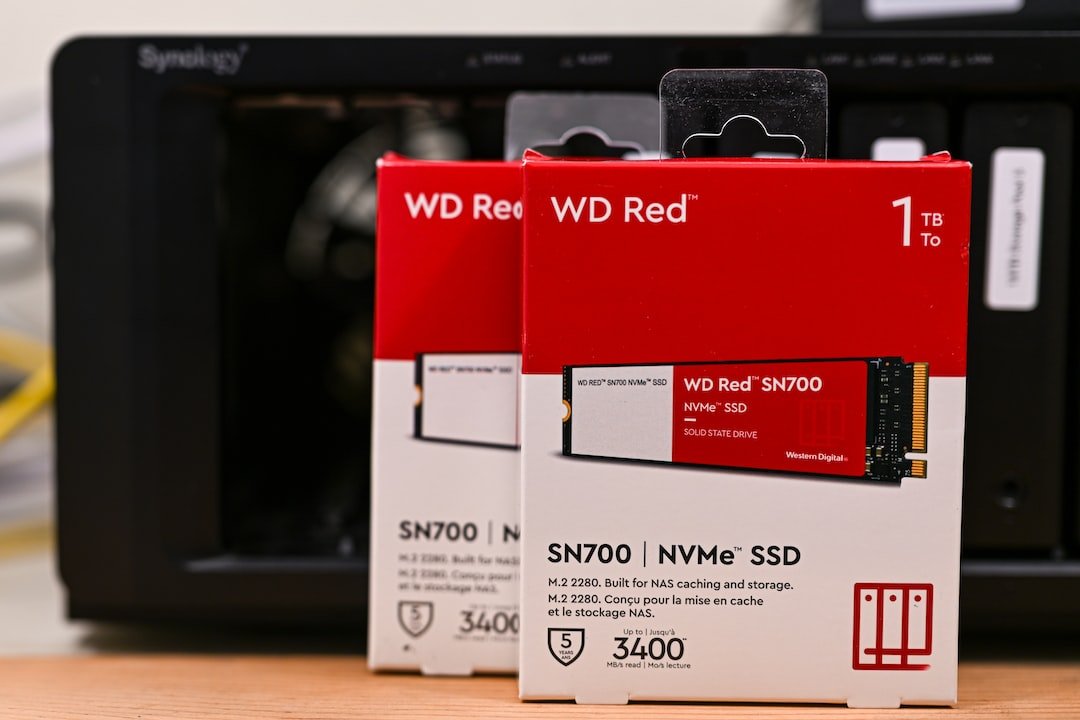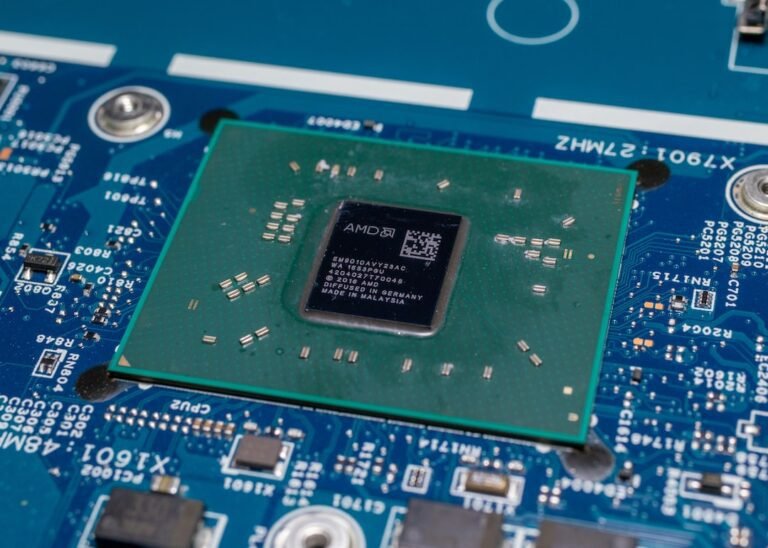Introduction
Are you tired of your home office network giving you headaches and slowing down your productivity? Setting up a home office network can be a daunting task, especially if you’re not tech-savvy. But fear not! In this step-by-step guide, we’ll walk you through the process of setting up a home office network that will boost your productivity and make your work life easier.
Whether you’re running a small business from home or simply want a reliable network for your personal use, this guide will provide you with all the information you need to create a seamless and efficient home office network. So grab a cup of coffee, sit back, and let’s dive in!
Understanding the Basics
Before we get started, let’s take a moment to understand what a home office network actually is. Essentially, it’s a system of devices (computers, printers, routers, etc.) that are connected to each other and the internet, allowing you to share resources and access the internet from multiple devices in your home office.
Step 1: Assess Your Needs
The first step in setting up a home office network is to assess your needs. Think about how many devices you’ll be connecting to the network, what type of work you’ll be doing, and what kind of internet connection you have.
If you’re a freelancer who primarily works on a single device and doesn’t need to share files or resources with others, a simple wireless router might be sufficient. On the other hand, if you’re running a small business with multiple employees, you’ll need a more robust setup, such as a mesh Wi-Fi system or even a dedicated server.
Step 2: Choose the Right Router
Once you’ve assessed your needs, it’s time to choose the right router for your home office network. The router is the central hub of your network, allowing all your devices to connect to the internet and communicate with each other.
When selecting a router, consider factors such as the speed and range of the Wi-Fi signal, the number of available Ethernet ports, and any additional features you may need, such as parental controls or VPN support.
Step 3: Connect Your Devices
With your router in hand, it’s time to connect your devices to the network. Start by connecting the router to your modem using an Ethernet cable. Then, power on the router and wait for it to boot up. Once the router is up and running, you can connect your devices to the network either wirelessly or via Ethernet cables.
If you’re using Wi-Fi, make sure to choose a strong, unique password for your network to prevent unauthorized access. And if you’re using Ethernet cables, consider organizing them neatly and labeling them to avoid confusion in the future.
Step 4: Secure Your Network
Now that your devices are connected, it’s crucial to secure your home office network to protect your sensitive data and ensure the privacy of your online activities. Here are a few essential steps to take:
- Change the default username and password for your router’s admin interface.
- Enable WPA2 or WPA3 encryption to secure your Wi-Fi network.
- Disable remote administration and guest networks if you’re not using them.
- Regularly update your router’s firmware to fix security vulnerabilities.
By following these steps, you’ll significantly reduce the risk of cyberattacks and unauthorized access to your network.
Step 5: Optimize Your Network for Better Productivity
To maximize productivity, you can take a few extra steps to optimize your home office network:
- Prioritize your devices: Some routers have a feature called Quality of Service (QoS) that allows you to prioritize certain devices or applications over others. This is especially useful if you’re working on bandwidth-intensive tasks like video conferencing or large file transfers.
- Set up parental controls: If you have kids at home, setting up parental controls on your router can help you manage their internet access and protect them from inappropriate content.
- Consider a VPN router: If you handle sensitive data or frequently work remotely, a VPN router can add an extra layer of security by encrypting your internet connection and masking your IP address.
Conclusion
Congratulations! You’ve successfully set up your home office network for productivity. By following the steps outlined in this guide, you now have a secure and efficient network that will support your work-from-home endeavors.
Remember, setting up a home office network requires careful planning and consideration of your specific needs. Take the time to assess your requirements, choose the right router, and secure your network. And don’t forget to optimize your network for better productivity by prioritizing devices and setting up parental controls or a VPN router if needed.
Now it’s time to enjoy the benefits of a reliable and fast home office network. Say goodbye to slow internet and connectivity issues, and hello to increased productivity and seamless multitasking. Happy working!
FAQ
Here are some common questions that people often have when setting up a home office network:
| Question | Answer |
|---|---|
| What is the difference between a modem and a router? | A modem connects your home network to the internet, while a router connects your devices to the network and manages traffic. |
| How can I troubleshoot connectivity issues with my network? | Check the cables, restart your devices, update firmware, and contact your internet service provider if needed. |
| Can I use a gaming router for my home office network? | Yes, gaming routers often have advanced features that can enhance your network’s performance for work tasks. |
| What are mesh Wi-Fi systems, and should I consider them? | Mesh Wi-Fi systems use multiple access points to create a seamless network. They’re ideal for large homes or businesses. |
| How can I secure my home office network when working remotely? | Use a VPN router to encrypt your connection and be cautious of connecting to public Wi-Fi networks. |
Further Reading
For more information on setting up a home office network, optimizing your network for productivity, and troubleshooting common issues, check out the following resources:
| Website | Description |
|---|---|
| Home Network Setup | A comprehensive guide on setting up a home network for different needs and devices. |
| Router Troubleshooting | Learn how to troubleshoot common router issues and optimize your network’s performance. |
| [Productivity Tips for Home Office Network]( Productivity tips for home office network) | Discover additional tips and tricks to maximize productivity in your home office network setup. |




